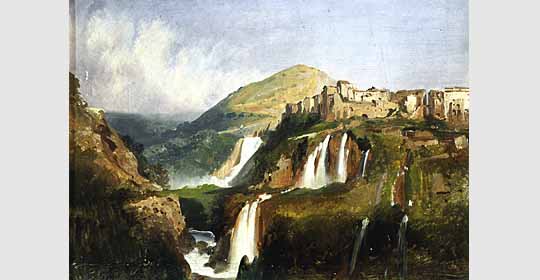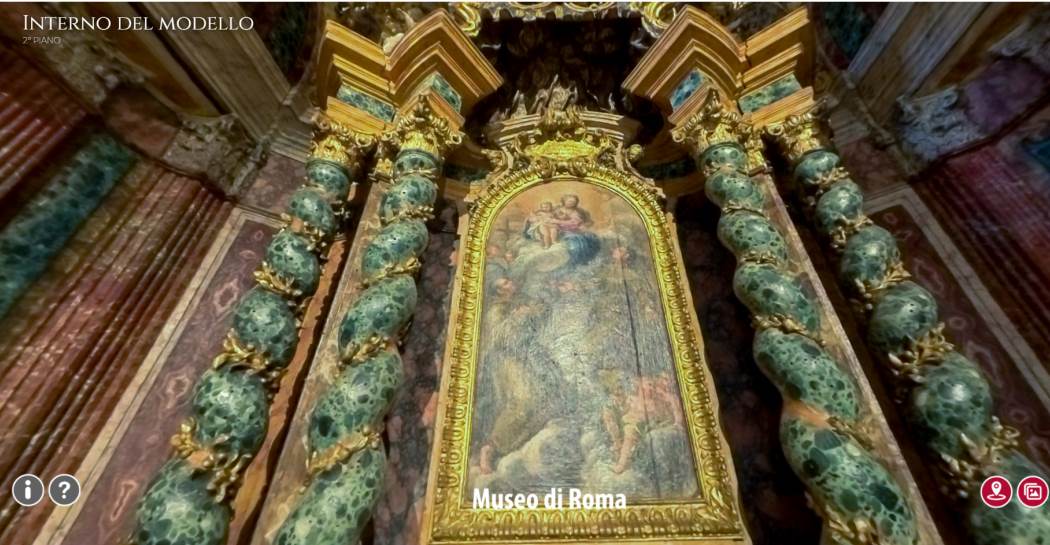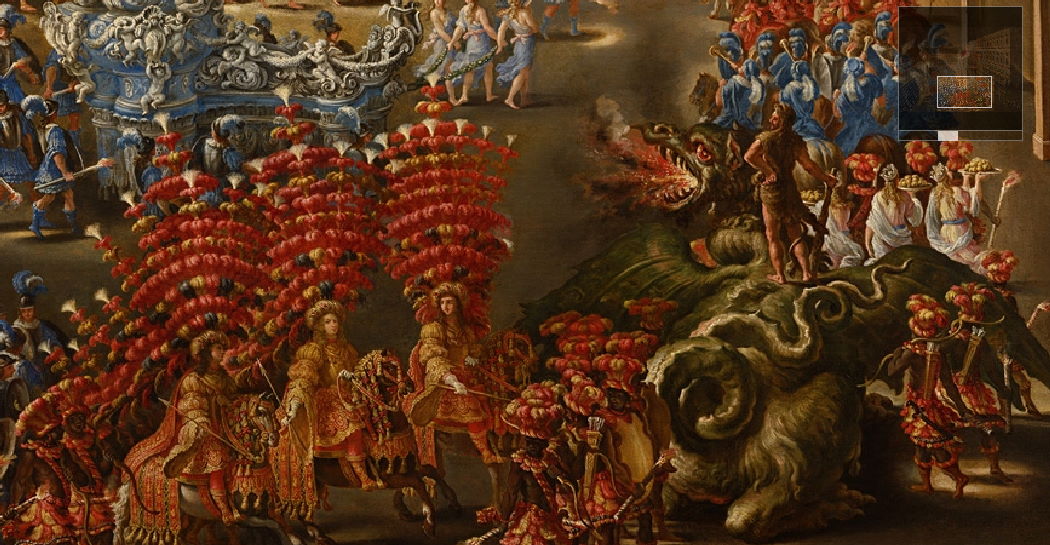Paintings the nineteenth and twentieth century
The Museum of Rome has about 1700 pictures painted by Italian and foreign artists who lived and worked in Rome between the nineteenth and twentieth century. As regards the nineteenth century, the Museum has an interesting collection of works representing the most important figurative trends. In addition, the strong revival and renewal of religious and profane decoration is well documented by a large number of sketches, large cartoons and drawings, relatable to many works preserved in the Municipal Prints Room, by artists such as Vincenzo Camuccini, Francesco Podesti, Pietro Gagliardi, Luigi Cochetti, Guglielmo De Sanctis, Cesare Mariani and even Giulio Bargellini, who was commissioned by the Fascist government, in the second and third decade of the twentieth century, to design the official adornments for the seat of the Bank of Italy located in Parliament Square, for the Ministry of Justice situated in Via Arenula and for the National Insurance Agency. The Museum has many portraits by nineteenth century artists such as Pietro Gagliardi, Giuseppe De Sanctis, Cesare Mariani and Francesco Gaj. The latter is the author of a family portrait of the Brancaccios in the garden of their residence in Via Merulana, which is exhibited in the Museum as well. Various oil and tempera-paintings by Vincenzo Pacetti, Ferdinando Cavalleri, Vincenzo Marchi, Pio Joris, Vittorio Tironi and other artists portray the nineteenth century popes. A large portrait of Vittorio Emanuele III refers to the results of the plebiscite of 1866, after which the regions of the Marches and Umbria decided to become part of the Kingdom of Italy. A painting by Archimede Tranzi, instead, celebrates the Taking of Porta Pia. The Museum also exhibits many paintings of views of Rome and its surroundings, done by Italian and foreign artists, such as Franz Ludwig Catel, Franz Knebel, Arthur John Strutt, Edwar Lear, John Ruskin, Giovanni Battista Bassi, Ippolito Caffi, Pio Joris, Onorato Carlandi.
A number of minor artists, whose works are similar to those of the Roman school (among these, Odoardo Ferretti, Orazio Amato or Pietro Barrera), illustrate in detail, in the 1930s how the city of Rome was being torn up. The work of Bartolomeo Pinelli belongs to a special sector. The Museum and the Municipal Print Room have the most complete collection of his works, including two rare oil paintings, many mythological drawings, the watercolour paintings representing scenes from the everyday life of the Roman lower classes and various terracotta objects decorated with images of ordinary people, Carnival figures and brigands.














































